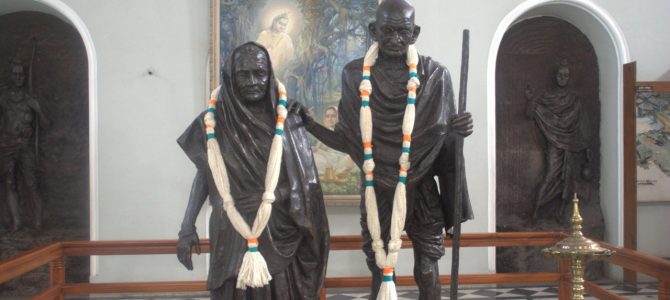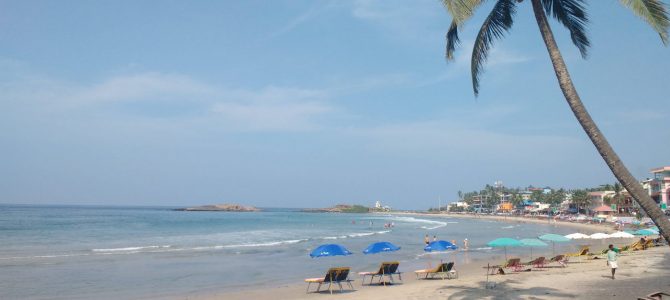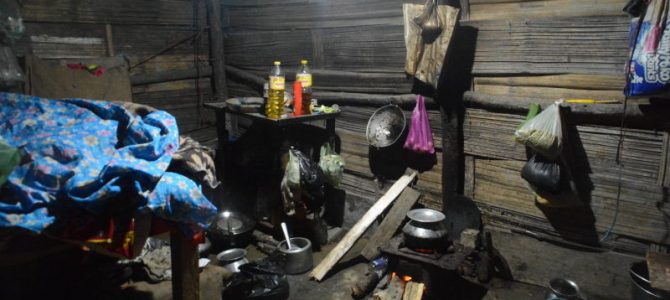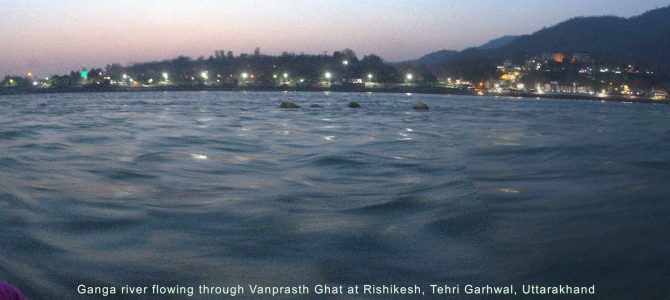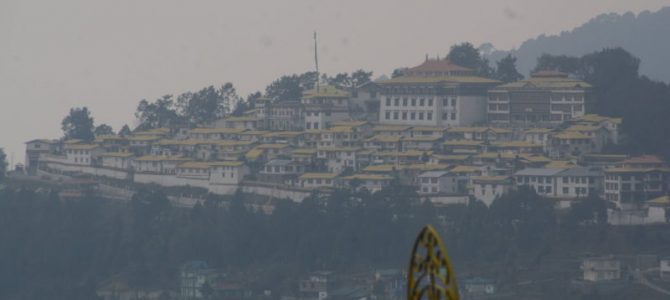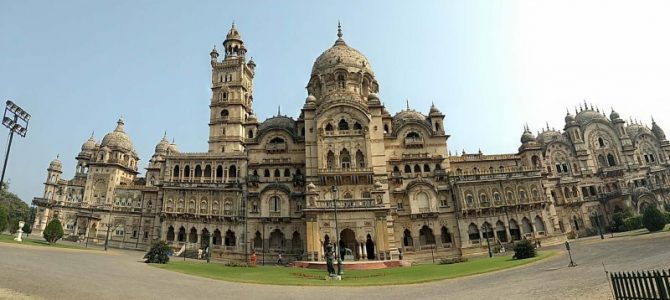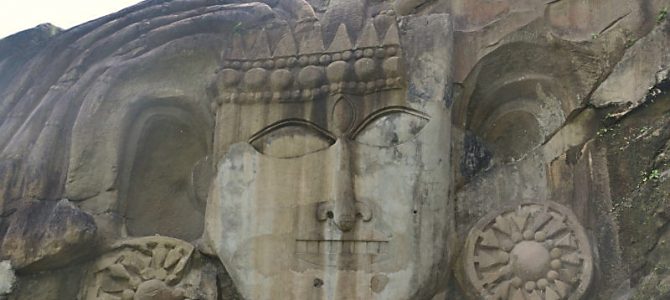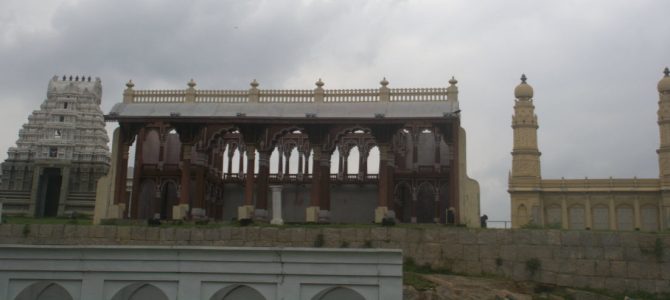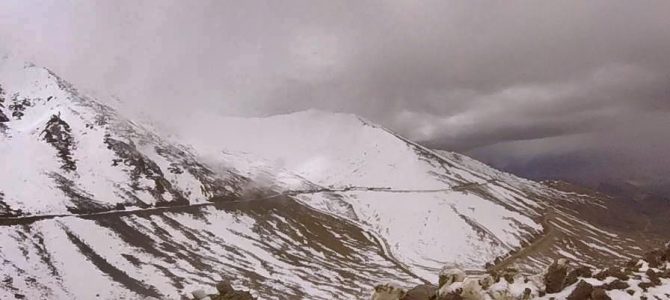In trip India 360, we didn’t plan to travel by any theme. We simply covered as much of India as we could in one year, seeing each region during its best weather. After completing the trip, we could identify patterns among some of the places we visited. One such pattern is a Mahatma Gandhi trail. On review, we found that we covered a lot of cities important to the life of Gandhiji. A thematic tour around those cities, that we can call the Mahatma Gandhi trail, forms an interesting trip.
